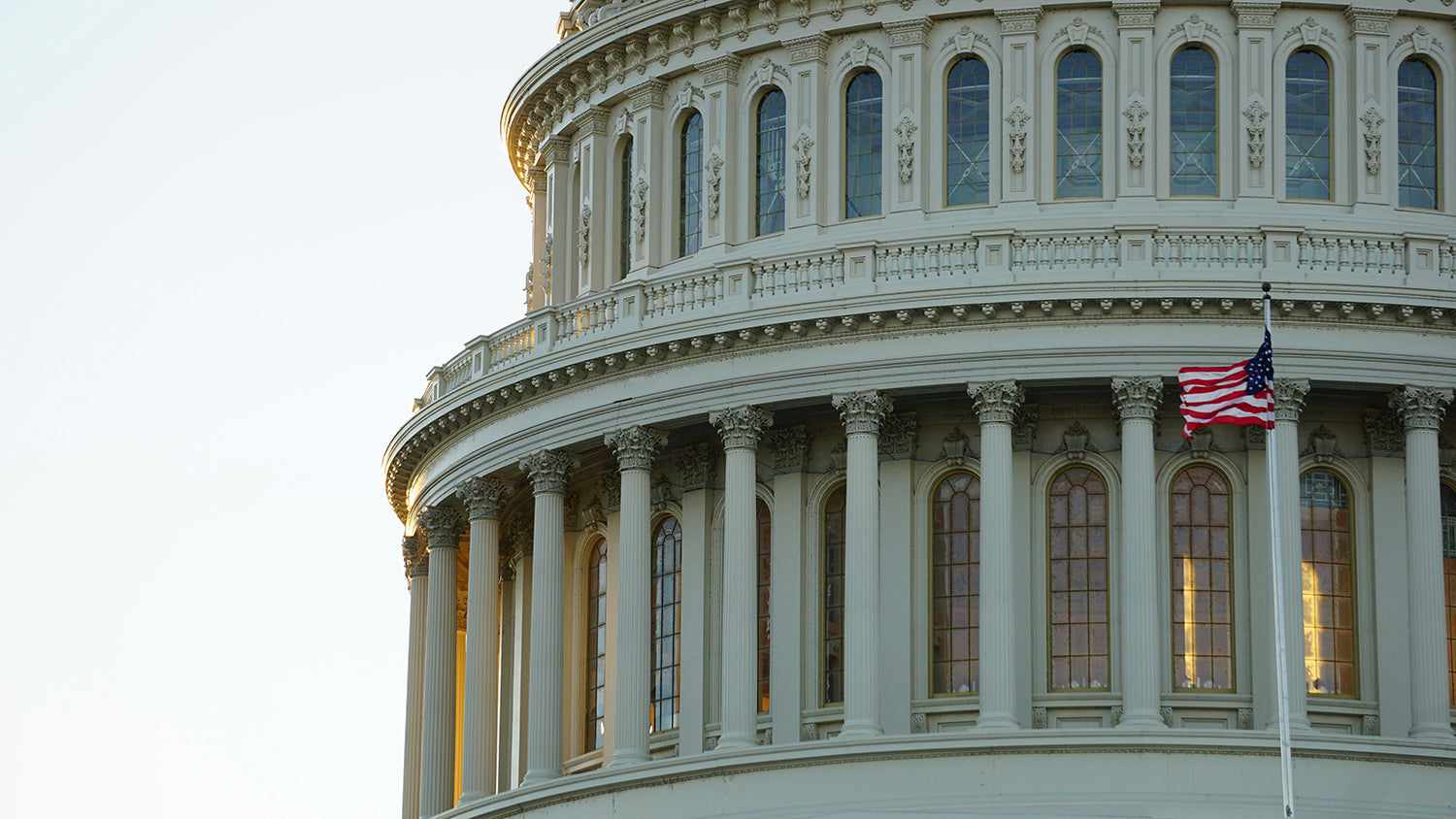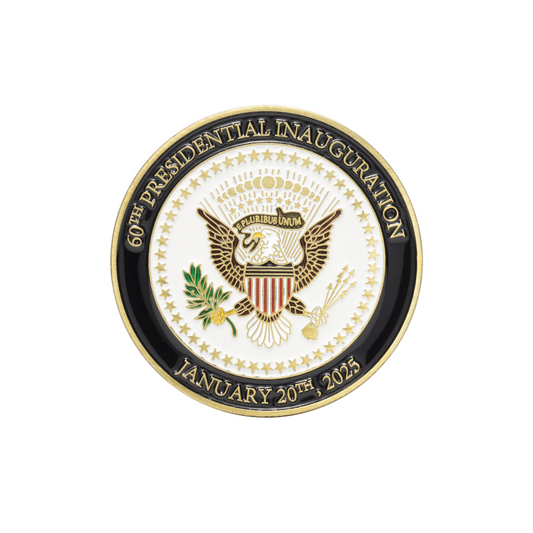
Military Reunion Ideas: Tips for Planning
Renita WingfieldReuniting with comrades after years apart is a cherished moment for many veterans and military personnel. Planning a military reunion can be a rewarding yet daunting task, especially if you want to ensure it's meaningful for everyone involved. This guide provides essential tips for organizing a successful military reunion, ensuring every detail contributes to a memorable event.
1. Understand Your Audience
Before diving into the planning process, it's crucial to understand who will attend the reunion. Military units often form a close-knit community with shared experiences and histories. Consider the demographics of your group, including ages, physical limitations, and interests. This understanding will guide you in selecting appropriate activities, venues, and themes that resonate with everyone.
Identify Demographic Details
- Assess the age range of attendees to tailor activities and schedules.
- Note any physical limitations to ensure accessibility for all participants.
- Understand the geographic distribution to choose a convenient location.
Recognize Shared Histories
- Acknowledge the unique experiences and bonds formed during service.
- Incorporate elements in the reunion that highlight shared missions or significant events from their service time.
Gauge Interests
- Survey potential attendees to find out about their current interests and hobbies.
- Plan activities that cater to these interests to keep engagement high.
Plan Inclusive Activities
- Choose activities that can accommodate the widest range of physical abilities and interests.
- Consider family-friendly options if attendees are likely to bring their families.
Select Appropriate Themes and Venues
- Opt for themes that resonate with military values and camaraderie.
- Pick venues that are not only symbolic but also practical, taking into account factors like accessibility, capacity, and amenities.
Prioritize Comfort and Convenience
- Ensure that the reunion does not become a logistical burden for attendees.
- Provide clear information and assistance regarding travel, accommodation, and scheduling.
Build a Flexible Agenda
- While it’s important to have structured activities, allow time for relaxation and free interaction.
- Be prepared to adjust the schedule based on feedback and participation levels during the event.
2. Choose the Right Time and Place
Timing and location are critical factors in planning any reunion. For military reunions, consider significant dates that might be meaningful to your group, such as anniversaries of important events in your unit’s history. When selecting a location, look for places that are accessible to the majority of attendees and offer military-friendly accommodations or discounts. Historic military sites, battlefields, or military academies can add a meaningful backdrop to your reunion.
3. Plan Engaging Activities
Activities at a military reunion are crucial for fostering a sense of community and helping attendees reconnect with their shared past. Here are some detailed activity suggestions that can enhance any military reunion:
Guided Tours of Historic Military Sites
Organize tours of local military museums, historic battlefields, or military academies. These tours can be led by knowledgeable historians or veterans who can provide insight and personal stories related to the sites.
Consider arranging private tours or talks at these sites to allow for a more intimate experience where attendees can engage freely with the guide and each other.
Guest Speakers with Military Backgrounds
Invite veterans who have had distinguished careers or have played significant roles in military history to speak at the reunion. They could share insights into their personal experiences, changes in military tactics over the years, or discuss the impact of military service on their post-service life.
Panel discussions can also be organized where multiple speakers can debate or discuss relevant military topics, allowing for audience interaction and questions.
Workshops on Military History or Skills
Conduct workshops that might range from tactical defense sessions, first aid refresher courses, or even historical workshops on significant military events relevant to the group.
Include interactive elements such as simulations, role-playing, or hands-on demonstrations to keep the sessions engaging and informative.
Group Photo Sessions in Uniform
Arrange for a professional photographer to take group photos in uniform. These sessions not only bring back the feeling of unity and pride associated with the service but also provide a tangible keepsake from the reunion.
Consider setting up themed photo booths with props related to different aspects of military life, where attendees can take informal and fun pictures.
Storytelling Sessions

Allocate time for attendees to share their stories and experiences from their service days. This could be structured as an open mic session or as small group discussions to make it more intimate.
These storytelling sessions help preserve oral histories and allow veterans to reflect on their experiences with peers who understand and appreciate their service.
Skill-Based Competitions or Games
Organize competitions that could include anything from physical activities reminiscent of basic training exercises to strategy games that engage the mind and recall military training.
These activities not only stimulate fun and laughter but also encourage teamwork and the rekindling of the competitive spirit familiar to military life.
Memorabilia Displays
Encourage attendees to bring memorabilia from their service days to display. This can include medals, uniforms, photos, and other gear. These items can be the centerpiece of a "museum" area at the reunion where attendees can view and discuss each other’s artifacts.
This display acts as a conversation starter and helps attendees to share personal stories and histories connected to their service items.
4. Incorporate Remembrance
A significant aspect of military reunions is remembering those who are no longer with us. Organize a special ceremony to honor fallen comrades, which could include a moment of silence, a roll call, or a memorial service. Such activities help reinforce the bonds between veterans and provide a space for collective healing and remembrance.
5. Use Technology to Your Advantage
Leverage technology to streamline the planning process and keep everyone updated. Create a website or a social media group dedicated to your military reunion where attendees can RSVP, view the agenda, and interact before the event. During the reunion, consider using live streaming to include those who cannot attend in person, ensuring no one misses out.
6. Foster Communication
Effective communication is crucial for ensuring that all attendees are well-informed and engaged in the lead-up to a military reunion. Clear, consistent updates help build anticipation and allow for better planning by all participants. Below are key strategies to enhance communication before the event:
Regular Updates via Email
Send out periodic emails to keep everyone informed about the planning progress and key details. Include information on the venue, date, time, and itinerary. Update attendees on any changes as soon as they occur to ensure everyone has the latest information.
Dedicated Event Website or Webpage
Create a dedicated website or a specific webpage within an existing site where attendees can find all the necessary information about the reunion. This can include logistical details, a schedule of events, a list of attendees, accommodation options, and FAQs. Ensure the site is updated regularly.
Interactive Newsletters
Distribute a monthly or bi-monthly newsletter leading up to the event. Include not just logistical details but also feature stories, such as profiles of notable attendees, previews of planned activities, or historical tidbits related to the group’s military background. Encourage alumni to contribute their stories or photos, which can foster a sense of community and participation.
Social Media Groups
Utilize social media platforms to create a private group or event page where attendees can interact. This space can be used for sharing updates, reminiscing about past experiences, and discussing the upcoming reunion. It’s also a great tool for reconnecting people who may have lost touch over the years.
SMS Alerts
For critical updates or last-minute changes, consider setting up an SMS alert system. Text messages can ensure that important information is received promptly, especially when not everyone may have regular access to emails or social media.
Virtual Meetups Pre-Event
Organize virtual meetups before the event using video conferencing tools. This can help attendees reintroduce themselves and get acquainted with each other again, which might be particularly useful if the group has not met in a long time. It can also serve to discuss the event schedule and other details in a more interactive and engaging way.
Feedback Mechanisms
Provide mechanisms for attendees to offer suggestions or ask questions, such as a dedicated email address or a contact form on the event website. Listening to and incorporating attendee feedback can greatly enhance the reunion experience and ensure that the event meets everyone's expectations.
Travel and Accommodation Assistance
Offer assistance with travel arrangements and accommodation, especially for those traveling from out of town. Provide details about group rates at hotels, transportation options from the airport, and car rental discounts, if available.
7. Encourage Participation
Engage attendees by involving them in the planning process. This could be through committees responsible for different aspects of the reunion or by asking for input on activities and venues. Allowing participants to contribute can increase their commitment to and excitement about the event.
8. Offer Memorabilia

Custom challenge coins, shirts, or caps with your unit’s insignia can make excellent keepsakes that participants will treasure. These items not only enhance the spirit of the reunion but also serve as lasting reminders of the shared legacy and the bonds renewed during the event.
Gifting Bespoke Recognition for Military Excellence
Personalized gifts are a meaningful way to honor and celebrate military achievements, combining thoughtfulness with sophistication. Recognizing service and milestones with bespoke items creates a lasting impact and serves as a constant reminder of dedication and camaraderie.
An example of a good gift would be a personalized drinkware. Premium tumblers, flasks, or crystal glassware etched with unit insignias, event dates, or personalized messages, blending functionality with sentimentality.
Gifting Command Challenge Coins
Gifting command challenge coins during Military Appreciation Month or at Army reunions is a meaningful way to honor service members and veterans. These coins not only serve as tokens of gratitude but also symbolize camaraderie, shared experiences, and the deep respect for military traditions. Here’s how to effectively integrate command challenge coins into celebrations and acknowledgments:
Symbolize Unity and Achievement
Command challenge coins can be customized to reflect specific units, missions, or significant events. Designing a coin that captures the essence of a unit’s identity or a specific deployment can make the gift even more special for recipients.
Enhance Ceremony Significance
Presenting these coins during formal ceremonies adds a tangible element to the recognition of service members. It can be integrated into Military Appreciation Month events or Army reunion ceremonies, where each participant receives a coin in recognition of their contribution and sacrifice.
Encourage Esprit de Corps
At Army reunions, distributing command challenge coins can rekindle the bond amongst veterans, reinforcing their shared experiences and history. It’s a gesture that re-affirms their connection to each other and to their collective past.
Customize for Personalization
Challenge coins can be customized with dates, names, or specific accolades, making them personalized gifts that cater directly to the recipient or the unit’s unique history. This level of personalization enhances the emotional value of the coins.
Versatile Gift Options
Beyond just being a token of appreciation during reunions or special months, these coins can also be used in fundraising efforts for veteran support organizations, or as part of welcome packages for newly enlisted soldiers.
Planning a military reunion involves careful consideration and organization but can lead to an incredibly fulfilling and memorable experience for everyone involved. By focusing on what truly matters to your community, you can create a reunion that honors the past, celebrates the present, and strengthens the bonds for the future.
Key Takeaways
- Tailor the reunion details to reflect the specific demographics and interests of your group to ensure activities and themes resonate with all attendees.
- Opt for locations and dates with significant historical relevance or personal meaning to enhance the commemorative value of the reunion.
- Incorporate activities that facilitate interaction and remembrance, enriching the emotional and communal experience.
- Utilize digital tools for organizing and communicating with participants to streamline planning and engage a wider audience, including those unable to attend in person.
- Offer personalized memorabilia to give attendees a tangible connection to the event and their shared military history.

Discover the Honor Behind Every Coin
At Command Challenge Coins, we're not just creating tokens; we're forging symbols of achievement, unity, and recognition. Our commitment to excellence is mirrored in every meticulously crafted coin, embodying the values and stories of those who carry them. From the rich history embedded in military traditions to the contemporary applications across various sectors, challenge coins represent more than just metal—they symbolize a legacy of honor and camaraderie.
Have a design in mind or need guidance on creating your unique challenge coin? Get a free quote today to consult with our specialists.






















